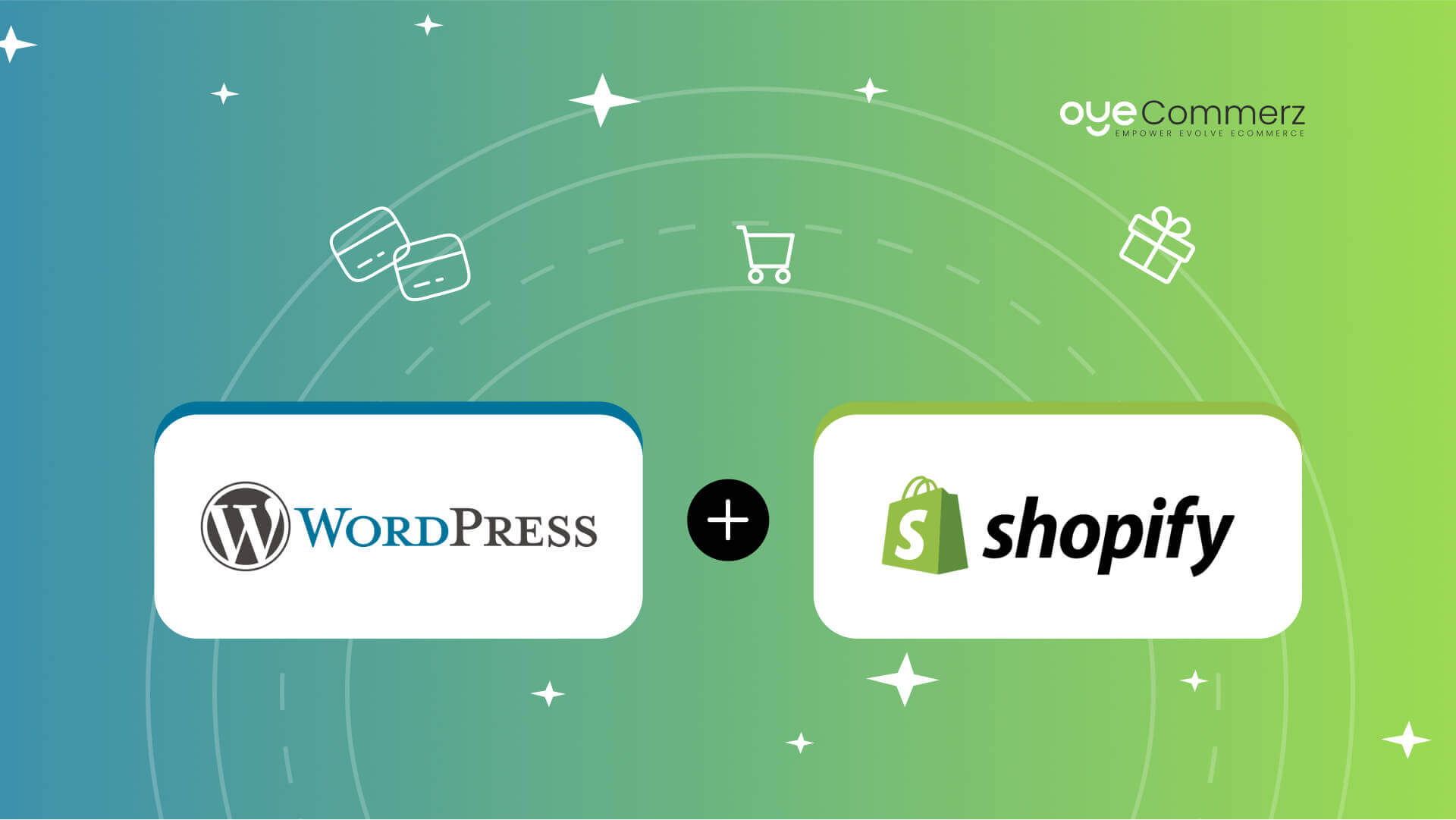In the constantly changing world of digital commerce, picking the optimal solution is essential for your brand’s prosperity. If you’re presently using WP and considering a migration to Shopify, you’re not alone. Many businesses are making this transition to take advantage of Shopify’s powerful capabilities, ease of use, and expandability. This guide will take you through the steps of migrating from WordPress to Shopify smoothly, ensuring that you realize your online retail potential.
Why Migrate from WP to this platform?
Before starting the migration journey, it’s essential to know why this transition can be beneficial for your digital storefront:
Intuitive Design: Shopify features an intuitive dashboard that streamlines store management, making it easier for non-technical users.
Flexibility: As your business develops, Shopify can accommodate greater visitors and sales without affecting speed.
Integrated Features: Shopify provides pre-installed tools for search engine optimization, analytics, payment handling, and much more, reducing the requirement for multiple plugins.
Advanced Safeguards: With Shopify, you utilize strong security features that protect confidential customer data.
Steps for a Seamless Migration
Migrating your eCommerce site from WP to Shopify includes several steps.
Here’s steps to achieve a hassle-free transition:
Plan Your Migration Approach
Begin by outlining your migration strategy. Pinpoint which components of your current site you plan to transfer, such as:
Product data
User details
Purchase logs
Articles
Select the Best Migration Package
Considering your preferences, select a migration service that optimize Shopify store performance suits your eCommerce goals. Professional services provides various choices:
Starter Package: Ideal for small stores with minimal products.
Standard Migration Package: Appropriate for medium-sized businesses with intermediate demands.
Advanced Plan: Perfect for larger stores requiring custom customization.
Backup Your Content
Prior to beginning the migration, ensure that you have a comprehensive copy of your WordPress site. This step is critical in the event anything goes wrong during the move.
Extract Your Data from WP
Utilize plugins or custom scripts to extract essential information from your WordPress site:
Inventory
Customers
Orders
Blog posts
Import Information into Shopify
When you have your data retrieved, employ Shopify’s import tools or third-party apps to migrate your data into your Shopify store. Ensure that all information is correctly formatted and placed.
Personalize Your Shopify Store
Following migrating data, customize Shopify feature comparison your Shopify platform’s design to reflect with your style. Think about hiring a developer if you want detailed customization.
Configure TransactionOptions and Shipping Options
Set up transaction methods and shipping settings in Shopify to create a seamless transaction experience for customers.
Apply SEO Guidelines
To maintain your search engine rankings during the transition:
Implement 301 redirects from existing URLs to new ones.
Update metadata.
Adjust visual content and text for search engines.
Evaluate Your Migrated Store
Prior to going live, completely test your migrated platform. Identify any broken links, transaction errors, or incomplete files.
Go Live Your Platform
After everything is in ready, it’s time to launch! Announce the change to your clients and motivate them to experience the updated capabilities of your Shopify store.
Post-Migration Support
Even after releasing your new store, regular support is essential. Consider working with service providers who can guide with:
Site maintenance
Marketing strategies
Improvement strategies
Conclusion
Migrating from WordPress to this platform can be a transformative move for your online retail. By using this guide and leveraging tools like those offered by dedicated providers, you can guarantee a smooth transition that improves your online presence. Adapt to the shift and realize the full capabilities of Shopify today!
